Creating a home orchard can be a delightful endeavor. However, some fruit trees come with a hefty price tag. These trees not only add exotic flavors to your garden but also boast unique histories and high market values. Here, we’ll explore some of the most expensive fruit trees you can plant in your home orchard.
Yuzu Citrus Tree
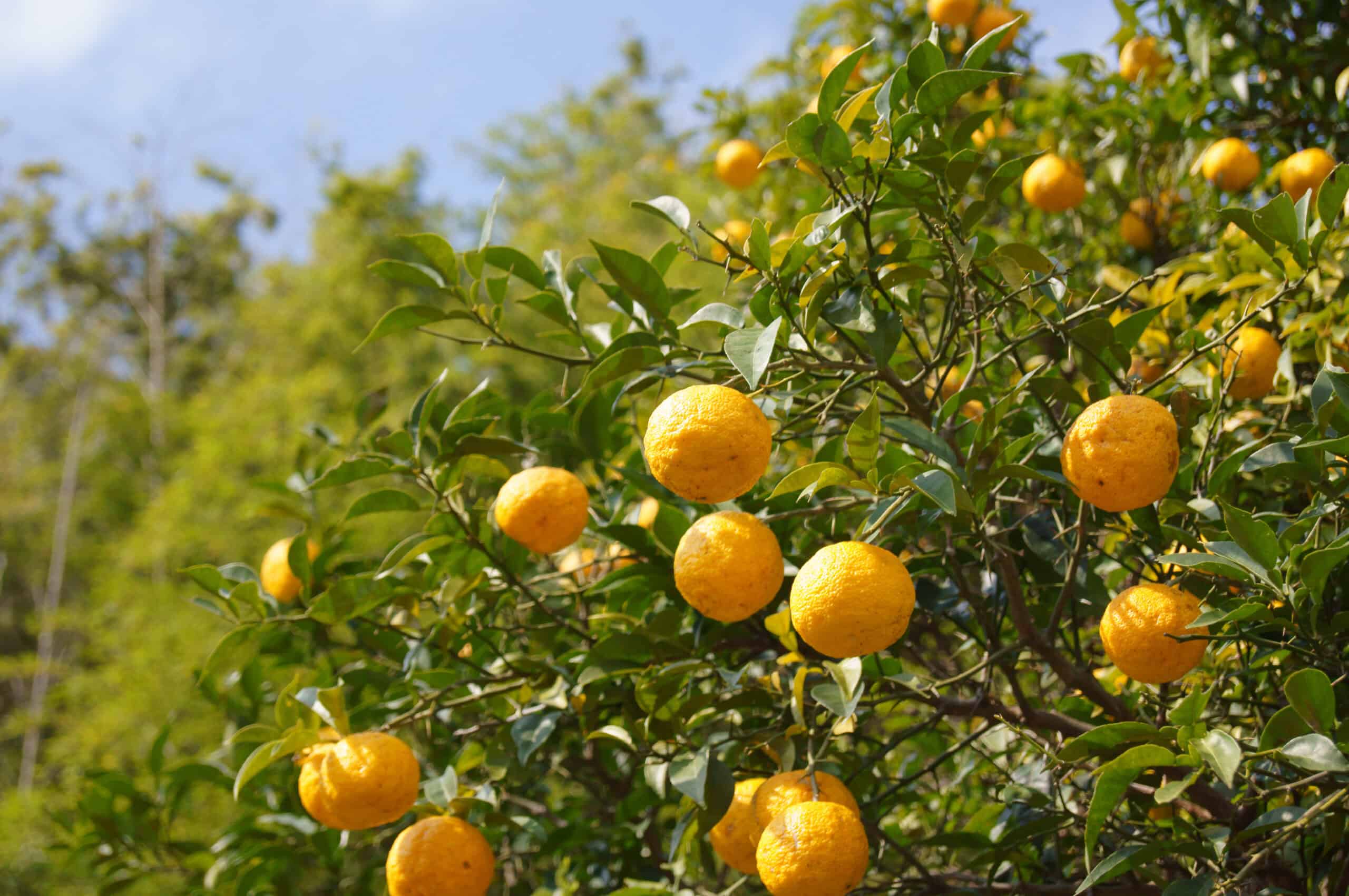
The Yuzu Citrus Tree is a prized tree in Japanese cuisine. Its fruits are small and intensely aromatic. Originating from East Asia, Yuzu has a unique tart flavor. It’s often used in sauces, beverages, and desserts. This tree can fetch high prices due to its culinary demand. Yuzu trees thrive in well-drained soil and full sunlight. They require care but reward with fragrant fruits. The value of a mature Yuzu tree can reach $150 to $200. This makes it a luxurious addition to any home orchard.
Cherimoya Tree
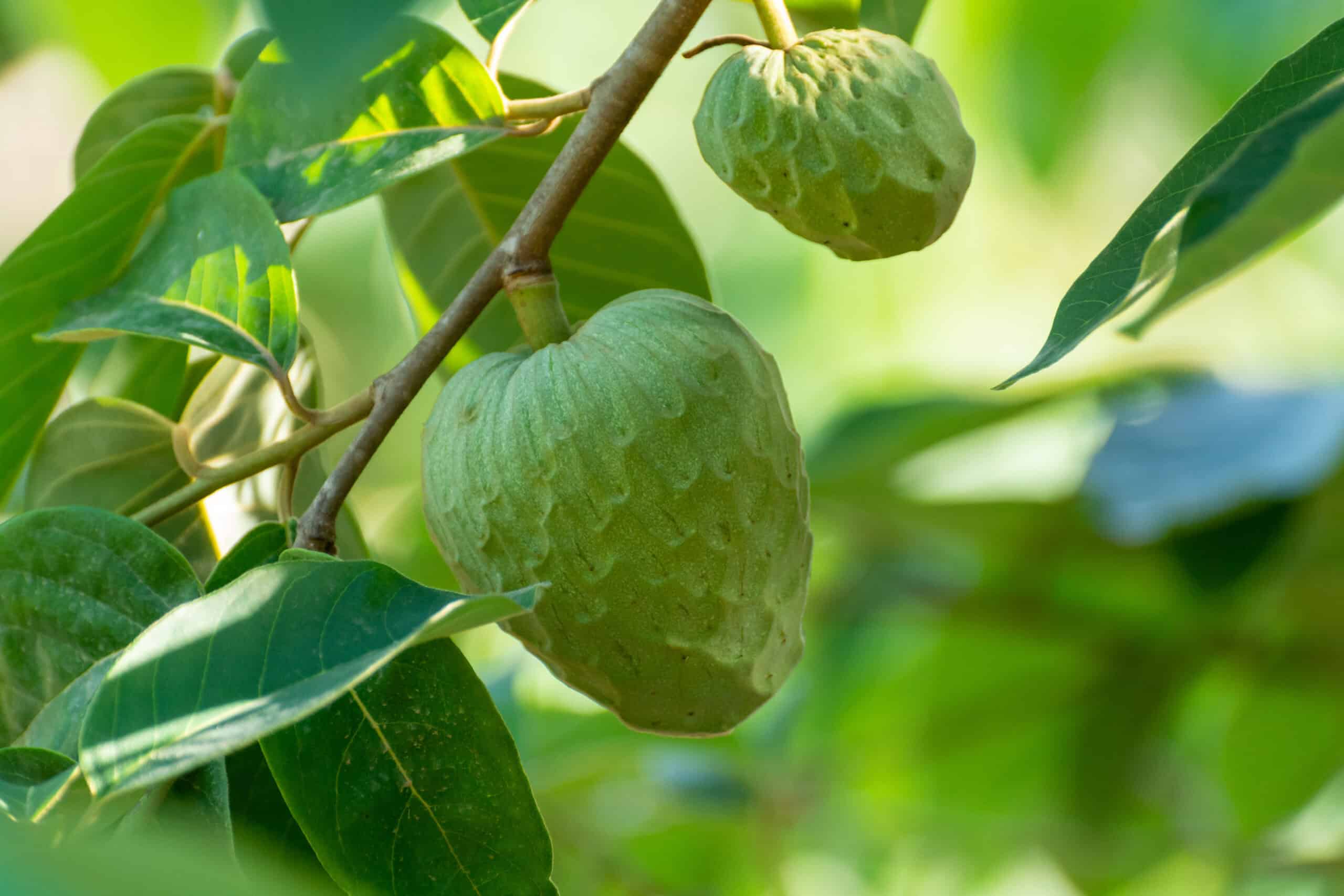
Cherimoya trees produce custard-like fruits. These fruits are sweet and creamy. Native to South America, they were cherished by the Incas. Their unique flavor is a blend of banana, pineapple, and strawberry. Cherimoya fruits are often dubbed “ice cream fruit.” The tree thrives in subtropical climates. It needs well-drained soil and regular watering. Cherimoya trees can be expensive, with mature trees costing up to $100 to $150. This tree’s delicious fruits and unique origin make it a valuable addition to any orchard.
Dragon Fruit Cactus
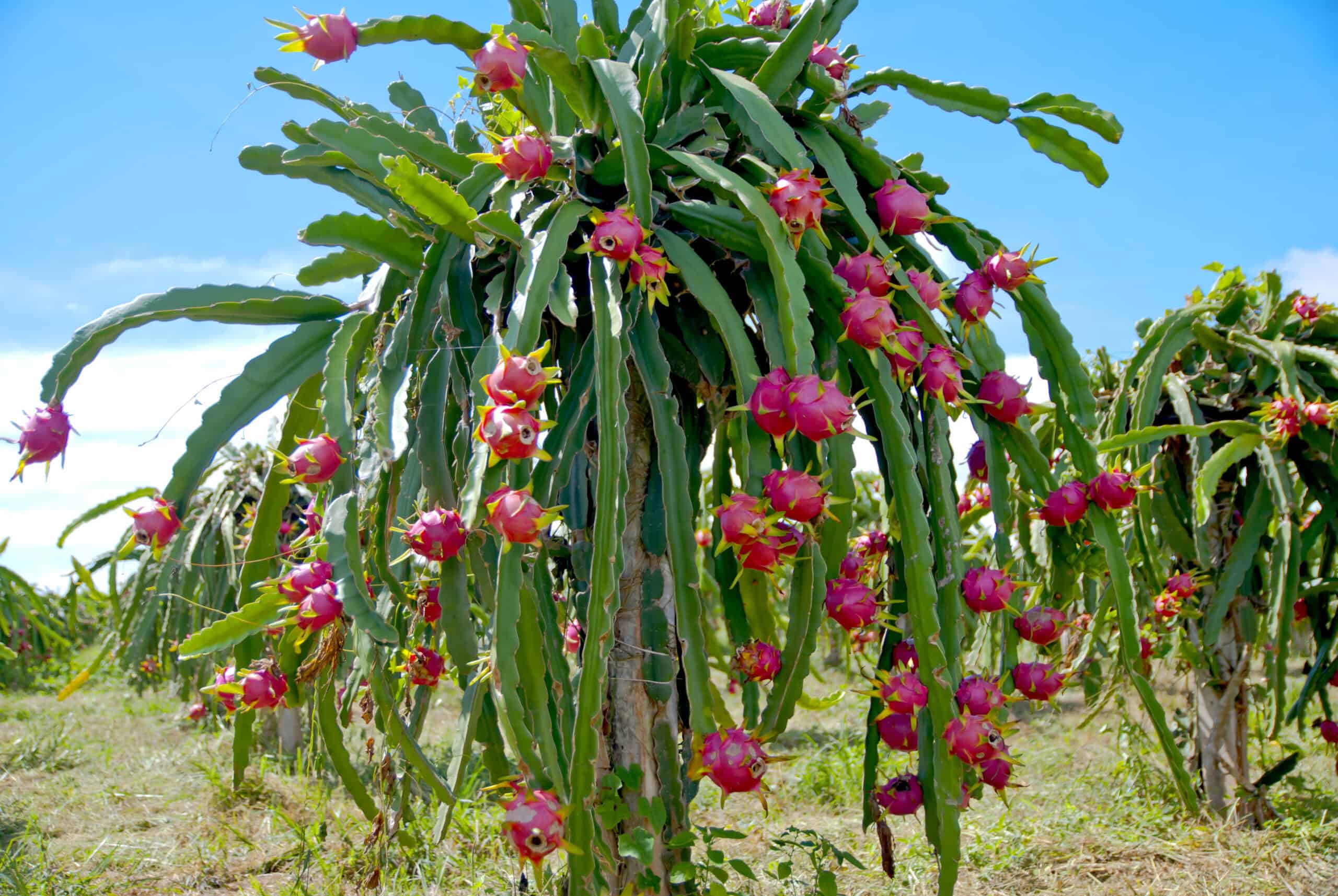
Dragon Fruit Cactus is an eye-catching plant. Its fruits are vibrant and sweet. Originating from Central America, it’s now popular worldwide. The fruit’s flesh can be white, red, or purple, speckled with tiny black seeds. It’s also known for its health benefits. Dragon Fruit Cactus thrives in warm, dry climates. It requires minimal watering and plenty of sunlight. Mature plants can be quite expensive, often selling for $200 to $300. This exotic cactus is a striking and valuable addition to any garden.
Lychee Tree

Lychee trees produce juicy, fragrant fruits. The fruit’s sweet, floral flavor is highly sought after. Native to southern China, lychee has a rich history. It’s often used in desserts, beverages, and fresh salads. Lychee trees can be quite expensive due to their high demand. The tree prefers warm, humid climates. It needs well-drained soil and regular watering. Mature lychee trees can be very costly, sometimes reaching $300 to $500. This tree’s delicious fruits and historical significance make it a prized possession.
Kaffir Lime Tree
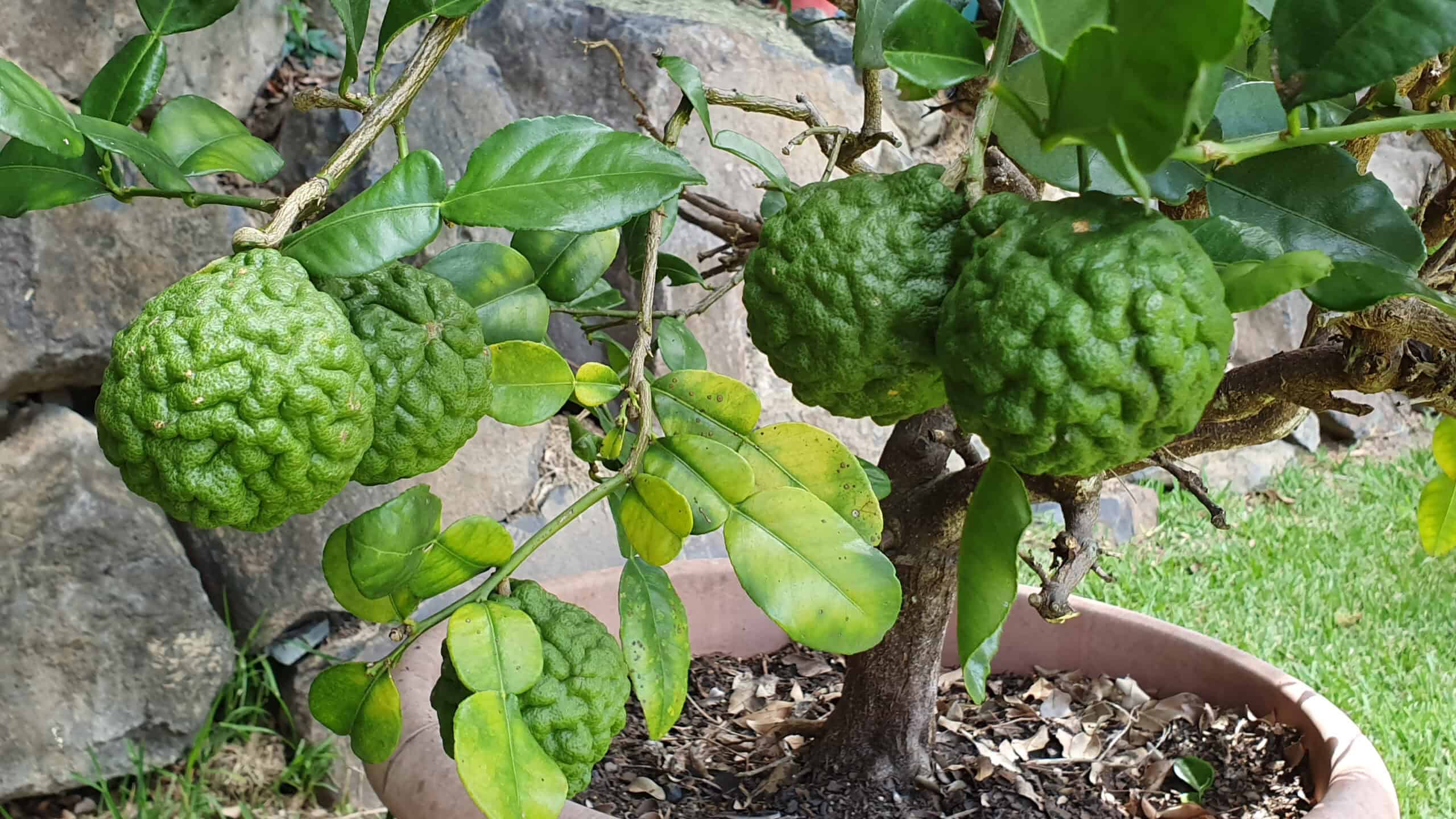
Kaffir Lime trees are valued for their aromatic leaves. The fruits are also used in cooking, particularly in Southeast Asian cuisine. Originating from tropical Asia, this tree is essential in many traditional dishes. The leaves add a unique, citrusy flavor. The tree thrives in warm, humid environments. It needs well-drained soil and moderate watering. Kaffir Lime trees can be expensive, with mature specimens costing $100 to $150. This tree’s culinary importance and aromatic leaves make it a valuable addition.
Miracle Berry Tree
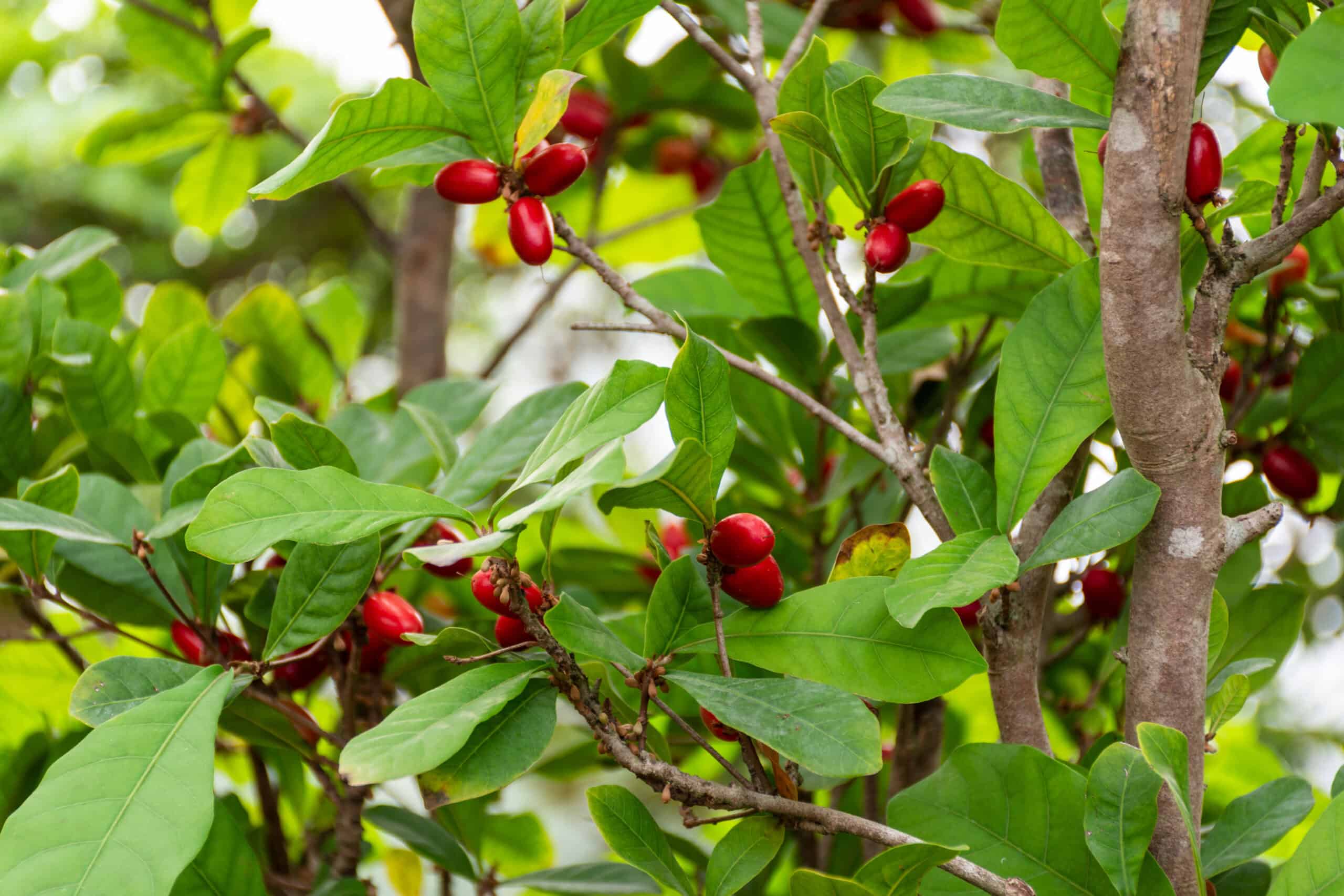
Miracle Berry trees produce small, red berries. These berries can make sour foods taste sweet. Originating from West Africa, they are unique in their flavor-altering properties. The fruit contains miraculin, which binds to taste buds. The tree prefers warm, humid climates. It needs well-drained soil and regular watering. Miracle Berry trees can be quite expensive, often fetching prices around $150 to $250. This tree’s fascinating berries and unique properties make it a prized addition.
Mangosteen Tree
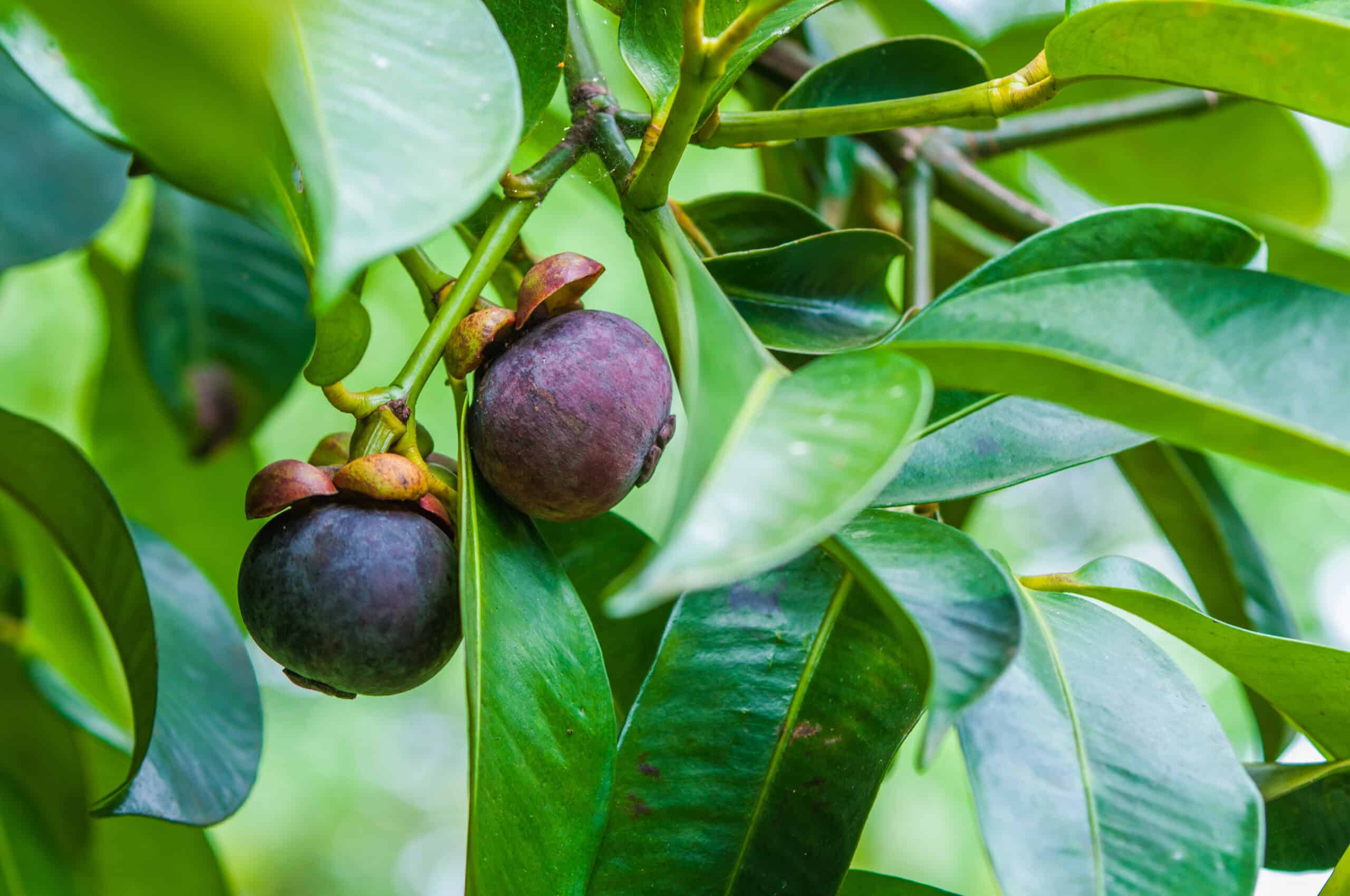
Mangosteen trees are known for their luscious fruits. The fruits are sweet, tangy, and fragrant. Native to Southeast Asia, mangosteen is often called the “queen of fruits.” The tree’s slow growth and specific climate needs make it rare and valuable. Mangosteen trees prefer hot, humid climates. They need rich, well-drained soil and consistent watering. Mature mangosteen trees can be very expensive, sometimes costing $250 to $500. This tree’s delicious fruits and rarity make it a luxurious choice.
Rambutan Tree
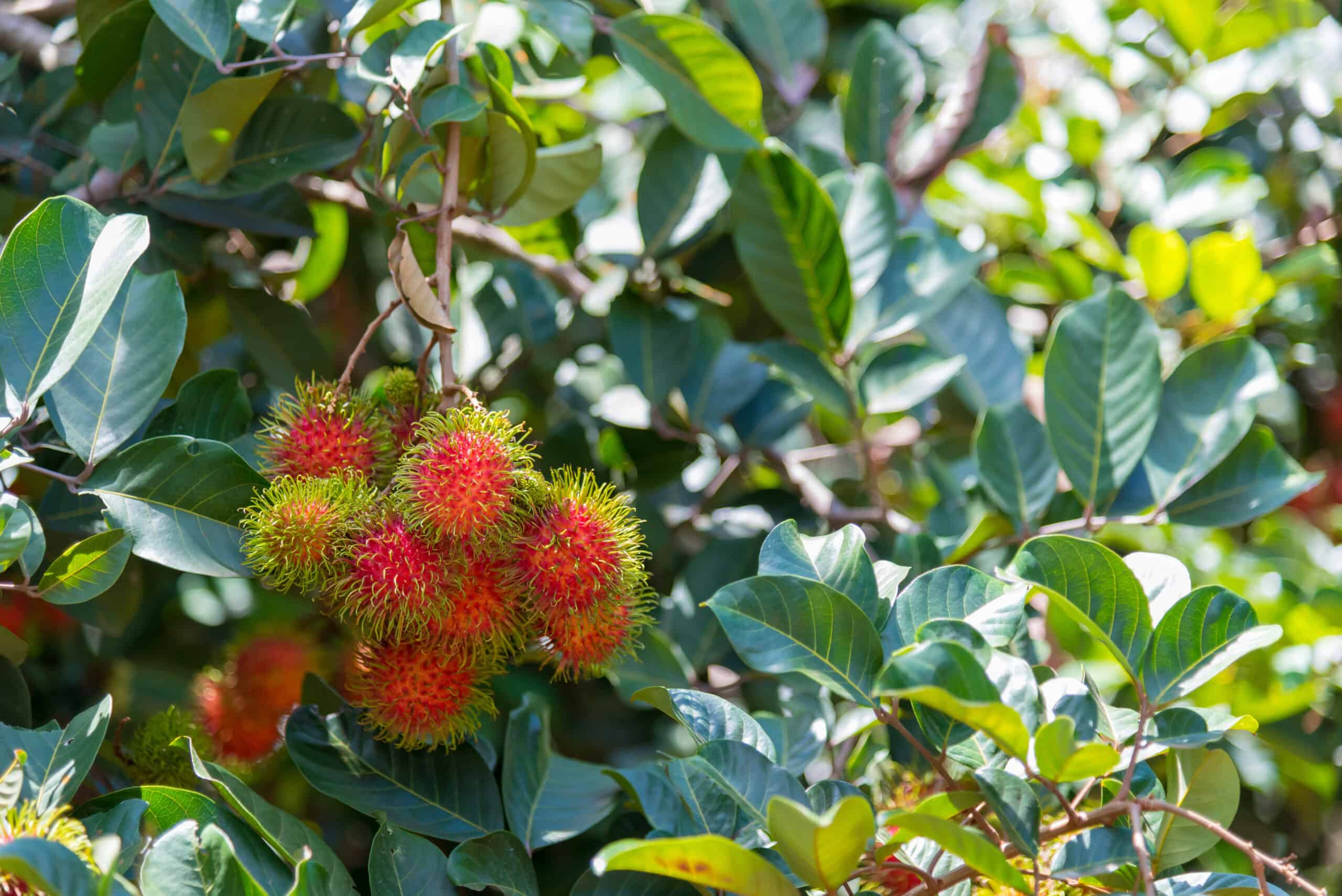
Rambutan trees produce hairy, red fruits. The fruits are sweet and juicy. Native to Malaysia and Indonesia, rambutan is a popular tropical fruit. Its unique appearance and delicious taste make it highly sought after. The tree thrives in warm, humid climates. It requires well-drained soil and regular watering. Rambutan trees can be expensive, with mature trees costing $100 to $250. This tree’s exotic fruits and tropical origins make it a valuable addition to any home orchard.
Jabuticaba Tree
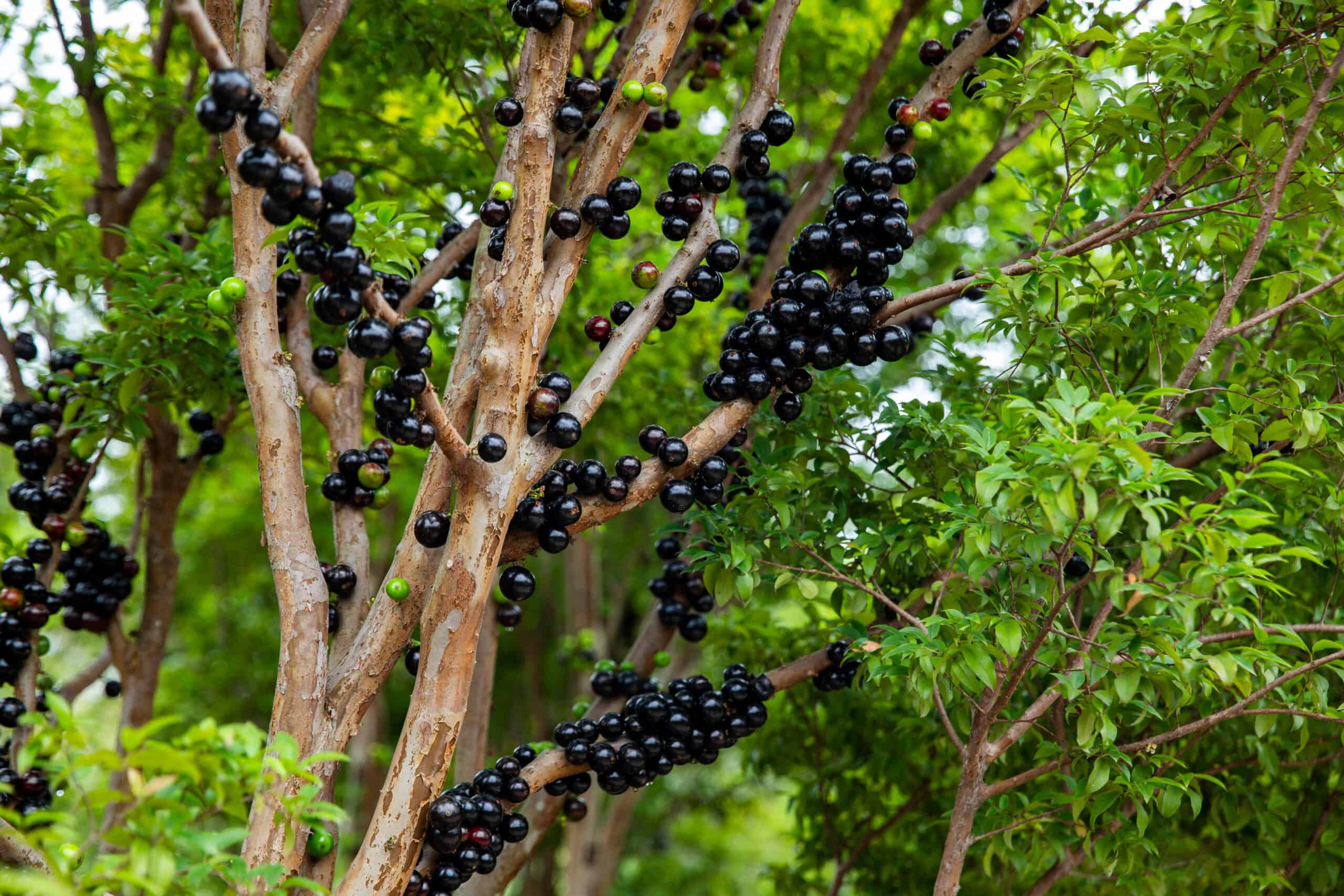
The Jabuticaba Tree is native to Brazil. Its fruits grow directly on the trunk and branches. These dark purple berries are sweet and juicy. They are often used in jellies, wines, and liqueurs. The tree’s unique fruiting habit makes it highly sought after. Jabuticaba trees prefer warm, humid climates. They need rich, well-drained soil and regular watering. Mature trees can be quite expensive, often costing $250 to $500. This tree’s exotic appearance and delicious fruits make it a valuable addition to any orchard.
Black Sapote Tree
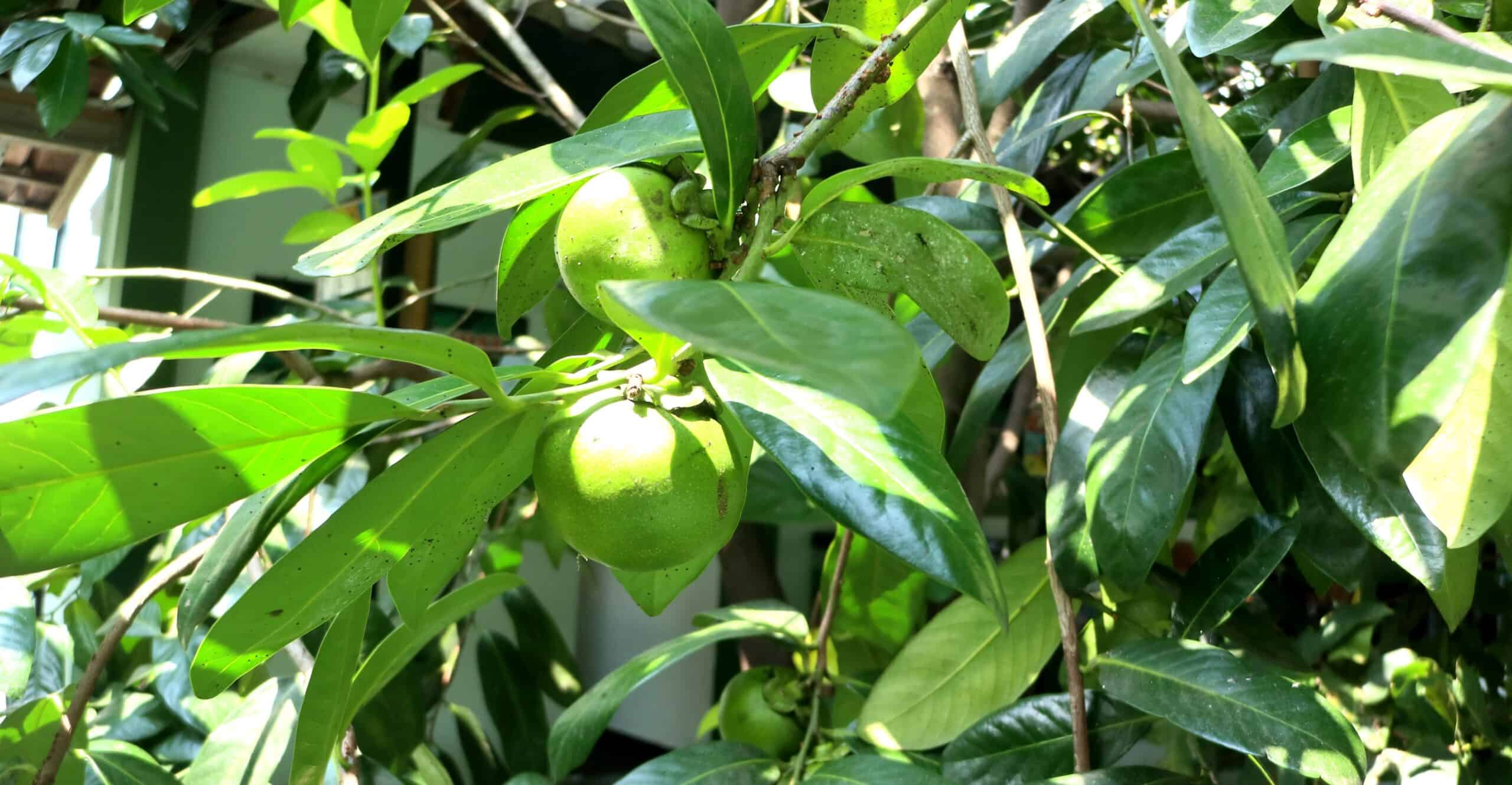
Black Sapote trees produce unique fruits. Known as the “chocolate pudding fruit,” their flesh is sweet and custard-like. Native to Mexico and Central America, these trees thrive in tropical climates. The fruits are rich in vitamins and often used in desserts. The tree prefers well-drained soil and full sunlight. It requires regular watering to flourish. Black Sapote trees can be expensive, with mature trees priced around $200 to $400. This tree’s unique flavor and nutritional value make it a prized possession.
Mangifera ‘Nam Doc Mai’ (Mango Tree)

The Mangifera ‘Nam Doc Mai’ Mango Tree is famous for its sweet, aromatic fruits. Originating from Thailand, these mangoes are fiberless and juicy. They are often enjoyed fresh or in smoothies. The tree is known for its high productivity and delicious fruits. This mango tree thrives in warm, tropical climates. It needs well-drained soil and consistent watering. Mature ‘Nam Doc Mai’ mango trees can be quite expensive, often reaching $200 to $350. This tree’s delectable fruits and high yield make it a valuable addition.
Atemoya Tree
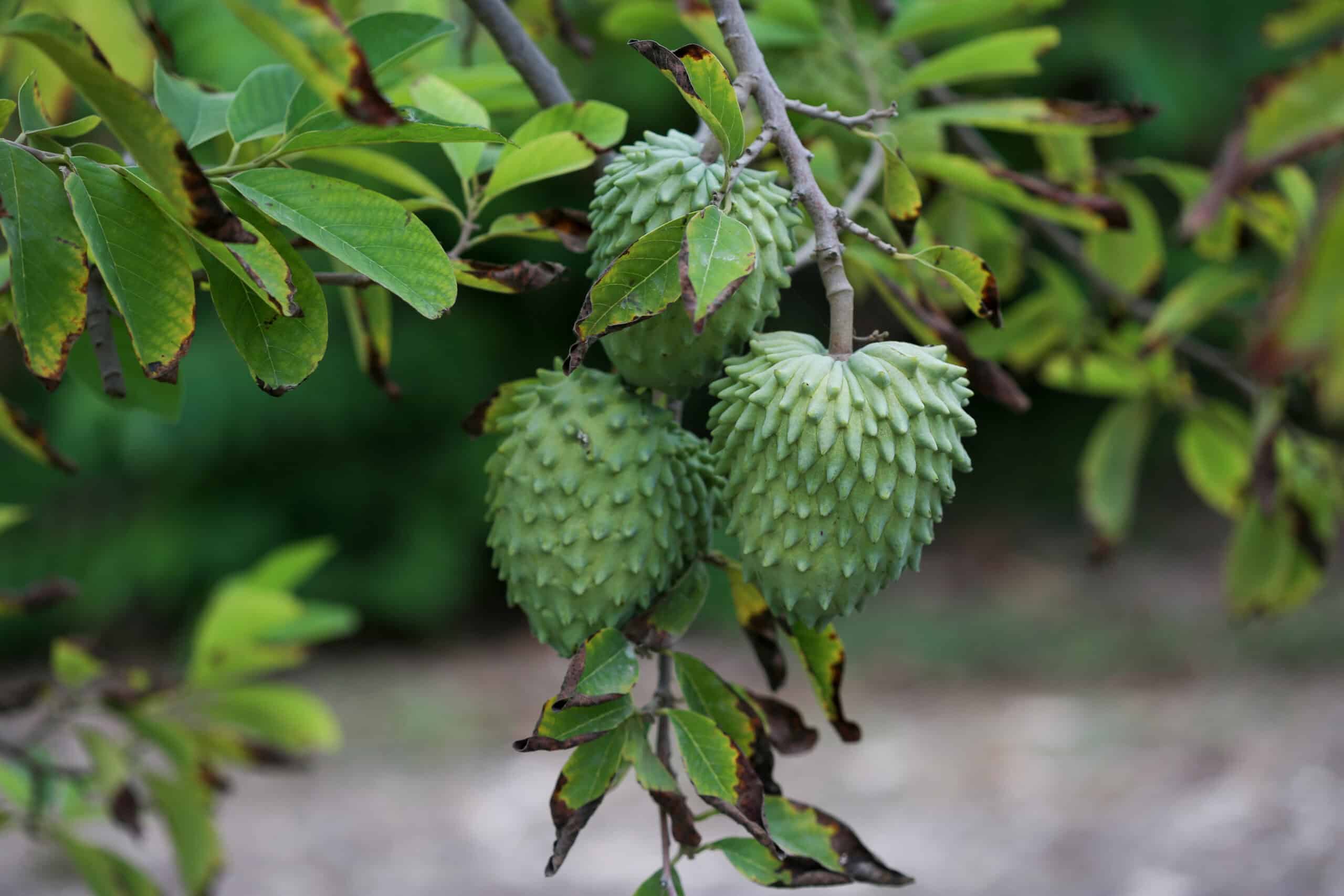
Atemoya trees produce hybrid fruits. The fruit is a cross between cherimoya and sugar apple. It has a sweet, creamy flavor. Native to the tropics, Atemoya is often called the “pineapple sugar apple.” The fruits are rich in vitamins and minerals. The tree prefers warm, humid climates. It needs well-drained soil and regular watering. Atemoya trees can be costly, with mature trees priced around $150 to $300. This tree’s unique hybrid fruits and nutritional benefits make it a valuable addition to any orchard.
Durian Tree
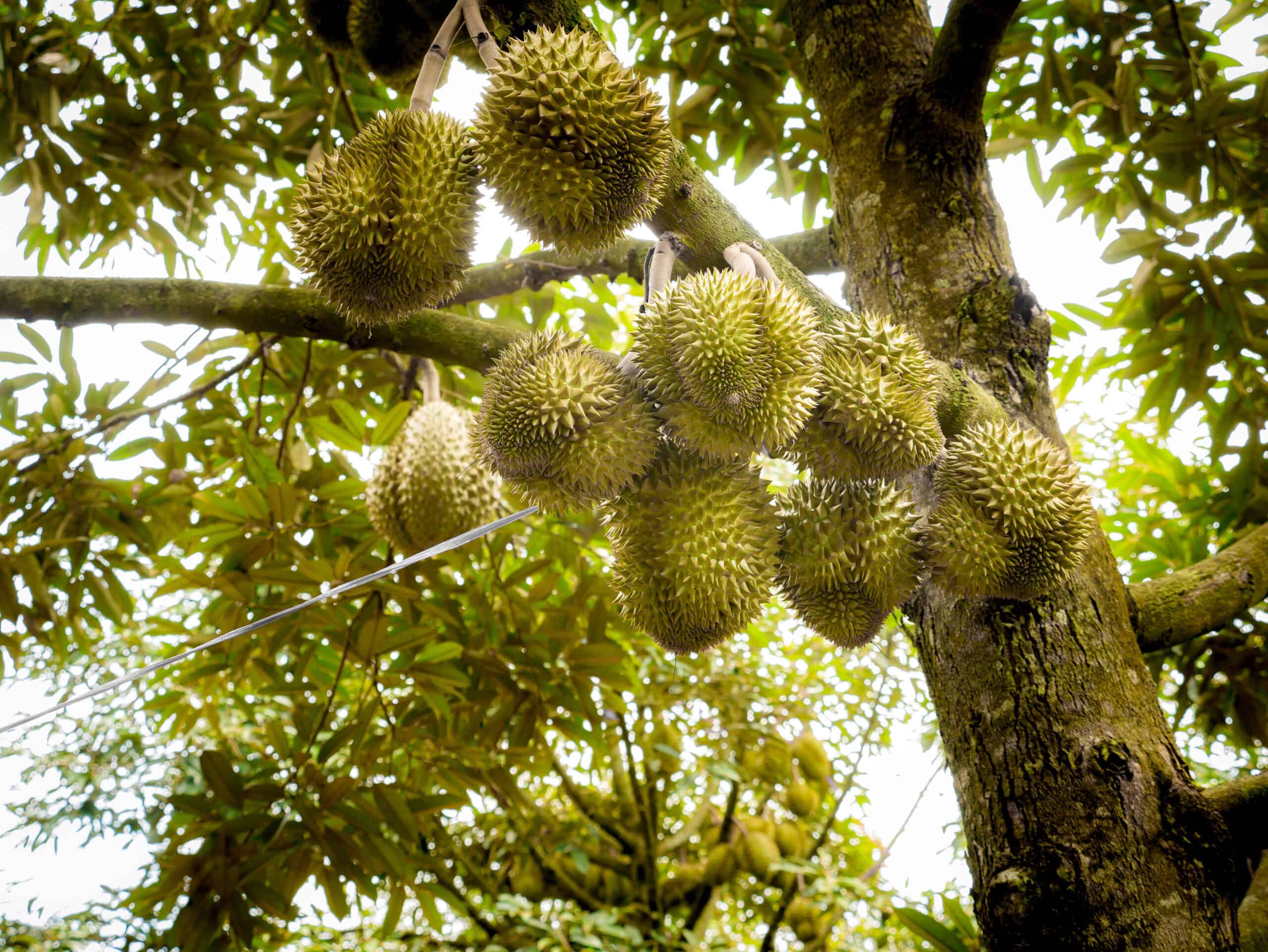
Durian trees are known for their distinctive fruits. Often called the “king of fruits,” durians have a strong smell but a sweet, custardy taste. Native to Southeast Asia, durians are rich in nutrients. They are a popular delicacy despite their pungent aroma. The tree thrives in hot, humid climates. It requires deep, well-drained soil and regular watering. Durian trees can be very expensive, with mature trees costing $300 to $600. This tree’s unique fruits and cultural significance make it a prized possession.
Longan Tree
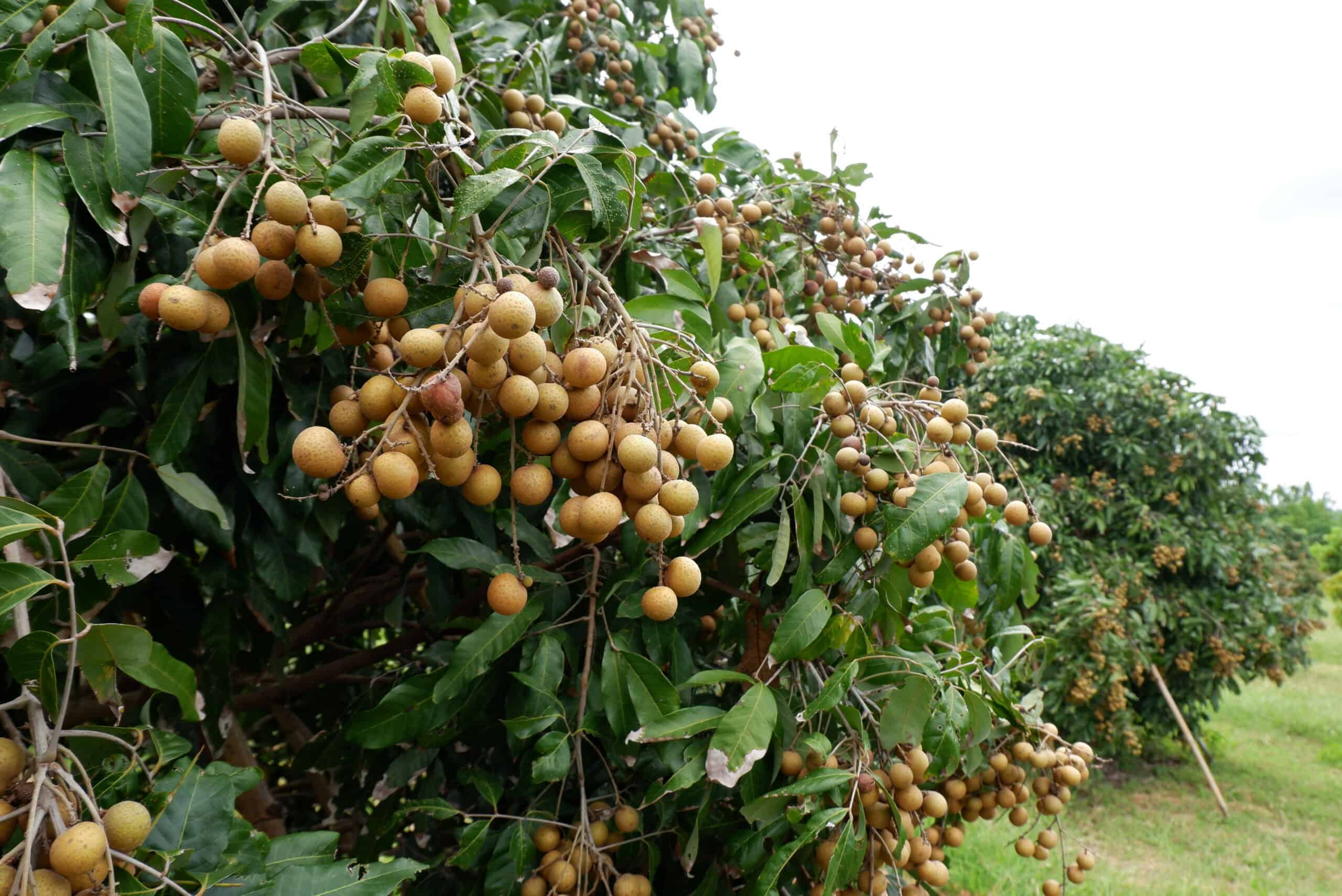
Longan trees produce small, round fruits. The fruits have a sweet, translucent flesh. Native to southern Asia, longans are often called “dragon’s eye” due to their appearance. They are rich in vitamins and used in various desserts. The tree prefers warm, tropical climates. It needs well-drained soil and consistent watering. Longan trees can be expensive, with mature trees priced around $200 to $400. This tree’s delicious fruits and exotic origin make it a valuable addition to any home orchard.
White Sapote Tree
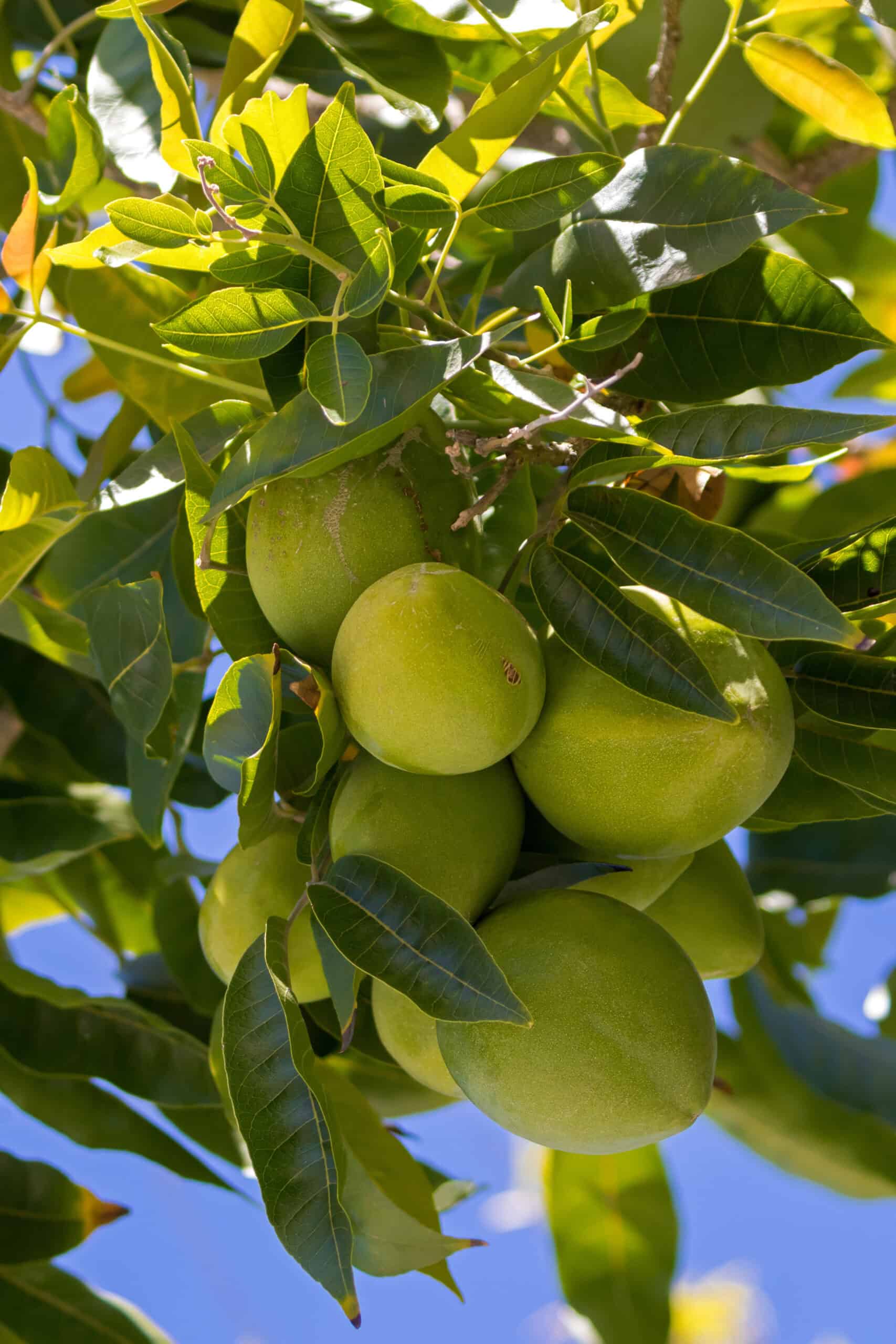
White Sapote trees produce creamy, sweet fruits. The fruits are often called “custard apples.” Native to Central America, these trees thrive in subtropical climates. The fruits are rich in vitamins and have a unique flavor. The tree prefers well-drained soil and full sunlight. It requires regular watering to flourish. White Sapote trees can be quite expensive, often costing $200 to $400. This tree’s unique flavor and nutritional benefits make it a prized possession.
This article originally appeared on Rarest.org.
More from Rarest.org
1977 Kennedy Half Dollar Value Guide
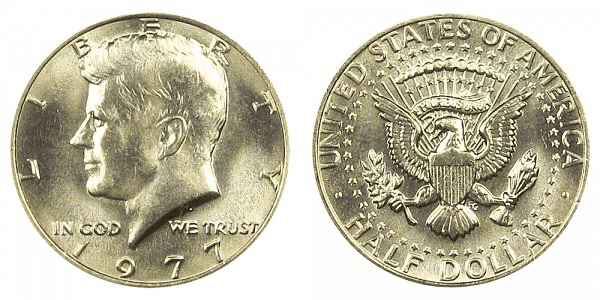
The Kennedy Half Dollar, one of the most well-known and cherished coins honouring one of the most revered US presidents—John F. Kennedy—is preserved by both collectors and non-collectors. Read More.
1978 Eisenhower Dollar Coin Value Guide

The 1978 Eisenhower dollar is primarily made of 75% copper and 25% nickel with its core made of pure copper but it is covered with a mixture of copper and nickel. Read More.
1966 Lincoln Penny Value Guide
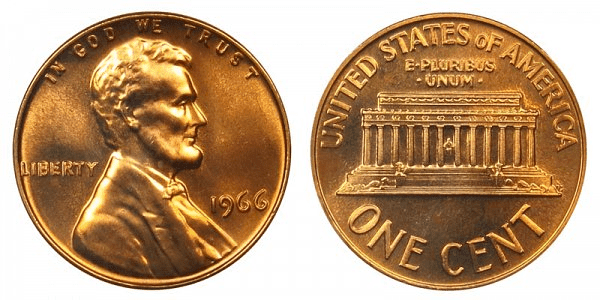
The 1966 Lincoln penny is made of 95% copper and 5% zinc. The same composition is given to Lincoln pennies made from 1909 to 1942 and from 1944 to 1982. Read More.
